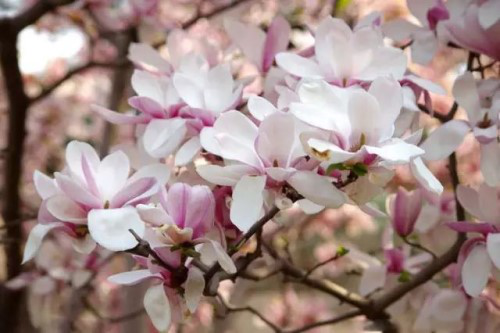Herbal medicine planting helps Nanzhao escape poverty

A photo of the main cash crop xinyi (Magnolia flowers) in Nanzhao county which can be used as Chinese herbal medicine [Photo/Nanyang's Daily]
Nanzhao county in Nanyang city, Central China's Henan province has striven to develop a Chinese herbal medicine eco-plantation industry as a way out of poverty.
Nanzhao has established 10 municipal-level planting bases, 110 cooperatives and nine enterprises, driving 2,130 impoverished households in 53 villages to increase their annual income to 3000 yuan ($419.5).
The total cultivated area of Chinese medicinal materials in the county now reaches 520,000 mu (346.67 sq km), with an annual output of more than 7,000 tons valued at 300 million yuan.
The county innovated four modes of poverty relief jointly with Party branches, cooperatives (enterprises), bases and the growers, and gave full play to its role as a demonstration area of planting herbal materials.
The needy families signed an agreement with the base's new business entities, received training and management in a centralized way, and gained steady income through unified sales.
To narrow the funding gap, Nanzhao has invested more than 50 million yuan each year since 2016 to improve the bases' infrastructures.
Subsidies have also been given to enterprises and families who contributed greatly to poverty alleviation in 2019, in accordance with the standard of 1,000 yuan per mu.
In order to promote the planting of xinyi (Magnolia flowers), a kind of homegrown high-quality herb, the county had the local 657 xinyi growers insured in cooperation with Chinese Life Property & Casualty Insurance Co to minimize the risk of industrial development.
Nanzhao was rated as one of the "Ten Models of Poverty Alleviation via Agricultural Industry" in Henan province.
